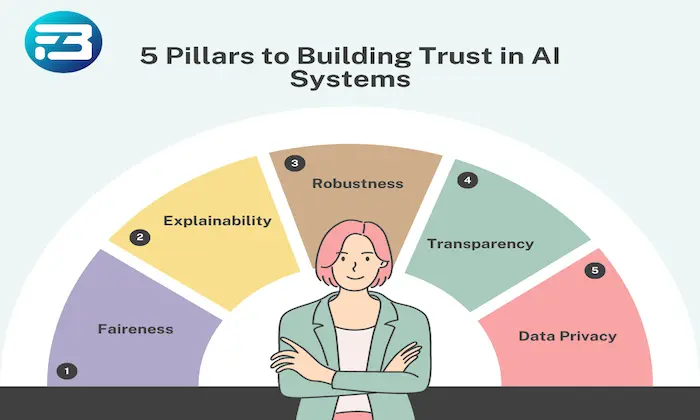What protocols govern environmental variability (city, highway, rural) in in-car speech data collection?
Speech Data
In-Car Technology
Environmental Variability
In the realm of automotive AI, capturing high-quality in-car speech data is crucial for developing advanced voice recognition systems. Understanding the protocols that govern environmental variability is vital, as this ensures that models can respond effectively to diverse acoustic environments found in urban, highway, and rural settings.
Understanding Environmental Variability in In-Car Speech Data
Why It Matters
Environmental variability significantly impacts the acoustic profiles of vehicle interiors. Background noise from engines, road textures, and passenger interactions can distort speech, making it challenging for Automatic Speech Recognition (ASR) and Natural Language Understanding (NLU) models to perform accurately. Here's why addressing these variations is essential:
- Realism: Diverse speech datasets help models generalize better to real-world conditions, enhancing their robustness.
- User Experience: Accurate voice recognition improves satisfaction for both drivers and passengers.
- Safety: Reliable voice command recognition reduces distractions, promoting safer driving environments.
Protocols for Data Collection Across Environments
Methodological Framework
Effectively capturing in-car speech data requires a structured approach that considers environmental variations:
1.Diverse Driving Conditions:
- Urban: High background noise from traffic and pedestrians.
- Highway: Steady speed with wind and engine noise.
- Rural: Natural ambient sounds, such as weather and wildlife.
2. Speaker Variability: Data should include a broad range of demographics, covering different ages, genders, and accents, to ensure comprehensive speech recognition performance.
3.Microphone Placement:
- Dashboard-mounted: Captures more engine noise.
- Headrest-mounted: Provides clearer speech but may miss external sounds.
- Mobile devices: Introduces variability in distance and angle, offering flexibility.
Acoustic Conditions
Recording sessions must include metadata reflecting essential acoustic conditions:
- Windows open/closed
- Air conditioning on/off
- Background music varying in volume
- Conversations with children or co-passengers
This metadata is crucial for evaluating how these conditions impact speech recognition.
Challenges and Best Practices in Data Collection
Common Challenges
- Noise Interference: High ambient noise can obscure speech signals, hindering model training.
- Limited Contextual Diversity: Including only scripted speech limits model applicability.
- Overfitting to Clean Data: Overly sanitized datasets lead to poor real-world performance.
Best Practices
- Crowd-Sourced Data Collection: Platforms like Yugo enable diverse, real-world speech sample collection.
- Structured Quality Checks: Implement protocols for data validation, including speaker verification and noise labeling.
- Metadata Enrichment: Ensure each audio sample is accompanied by comprehensive metadata enrichment for nuanced analysis.
- Continuous Feedback Loop: Use user feedback and live data streams to refine models and enhance adaptability.
Real-World Applications and Future Trends
Use Cases
In-car speech datasets enable a range of applications:
- Voice-Enabled Infotainment Systems: Allowing seamless interaction with entertainment features.
- Driver Assistance: Enhancing safety via voice-controlled navigation and settings.
- Emotion-Aware AI: Developing systems responsive to emotional cues, improving engagement.
Future Directions
The landscape of in-car speech datasets is evolving to support:
- Multi-agent AI Systems: Enabling sophisticated interactions with multiple users.
- Federated Learning: Improving models with data from various vehicles while ensuring privacy.
- Multi-modal Fusion: Integrating speech data with visual and telemetry inputs for richer context.
Strategic Takeaway
Understanding protocols for environmental variability in in-car speech data collection is vital for developing effective AI solutions. By following best practices and continually refining data collection methods, automotive AI teams can create systems that are efficient and responsive to real-world challenges.
For a tailored approach to enhancing your AI models with high-quality in-car speech datasets, FutureBeeAI offers solutions that meet diverse automotive needs, ensuring that your systems are trained on data that truly reflects the conditions they will face.
What Else Do People Ask?
Related AI Articles
Browse Matching Datasets
Acquiring high-quality AI datasets has never been easier!!!
Get in touch with our AI data expert now!








